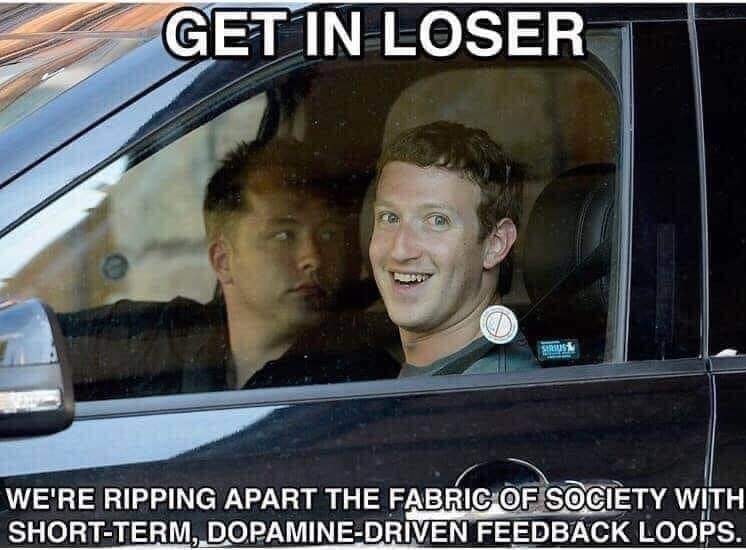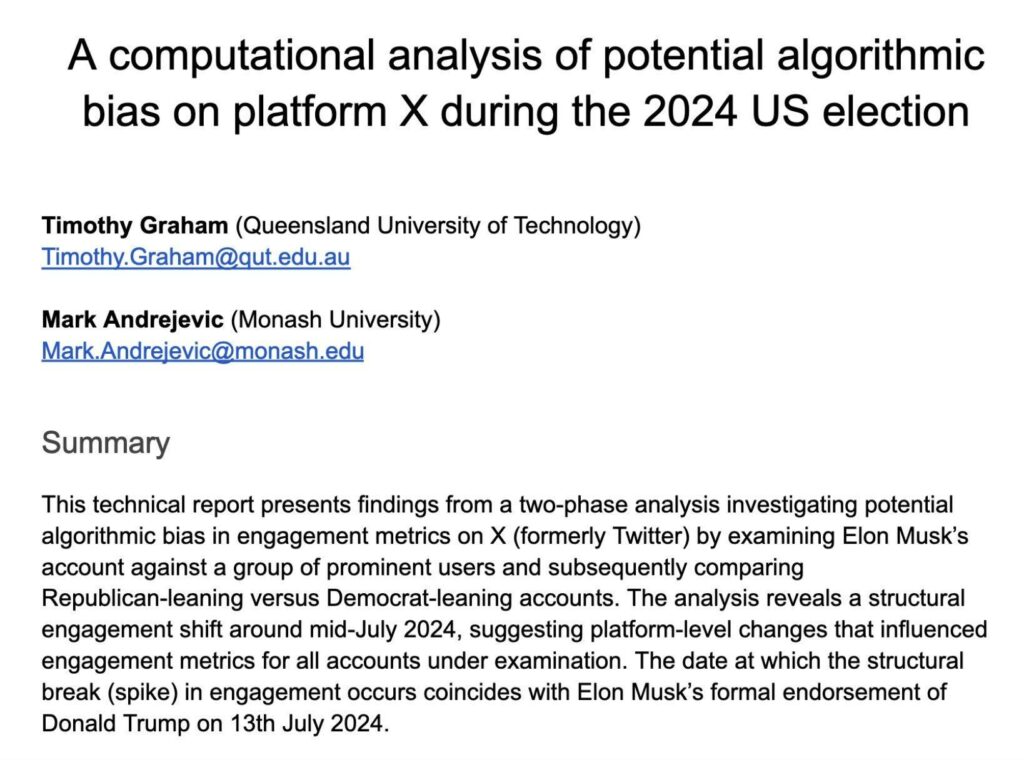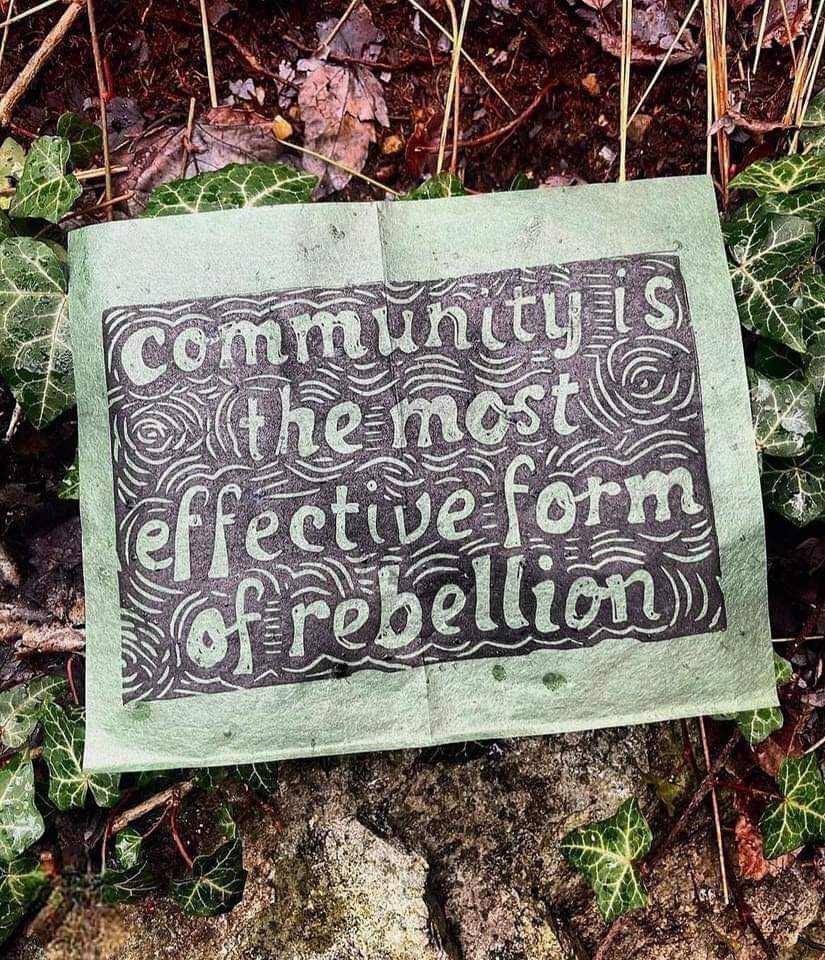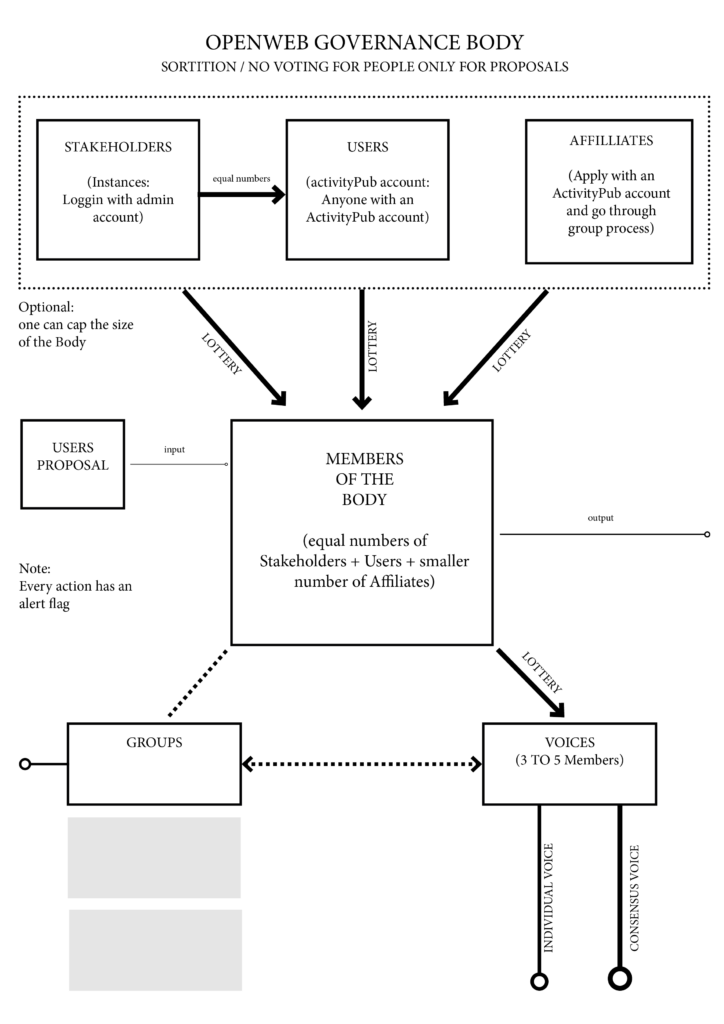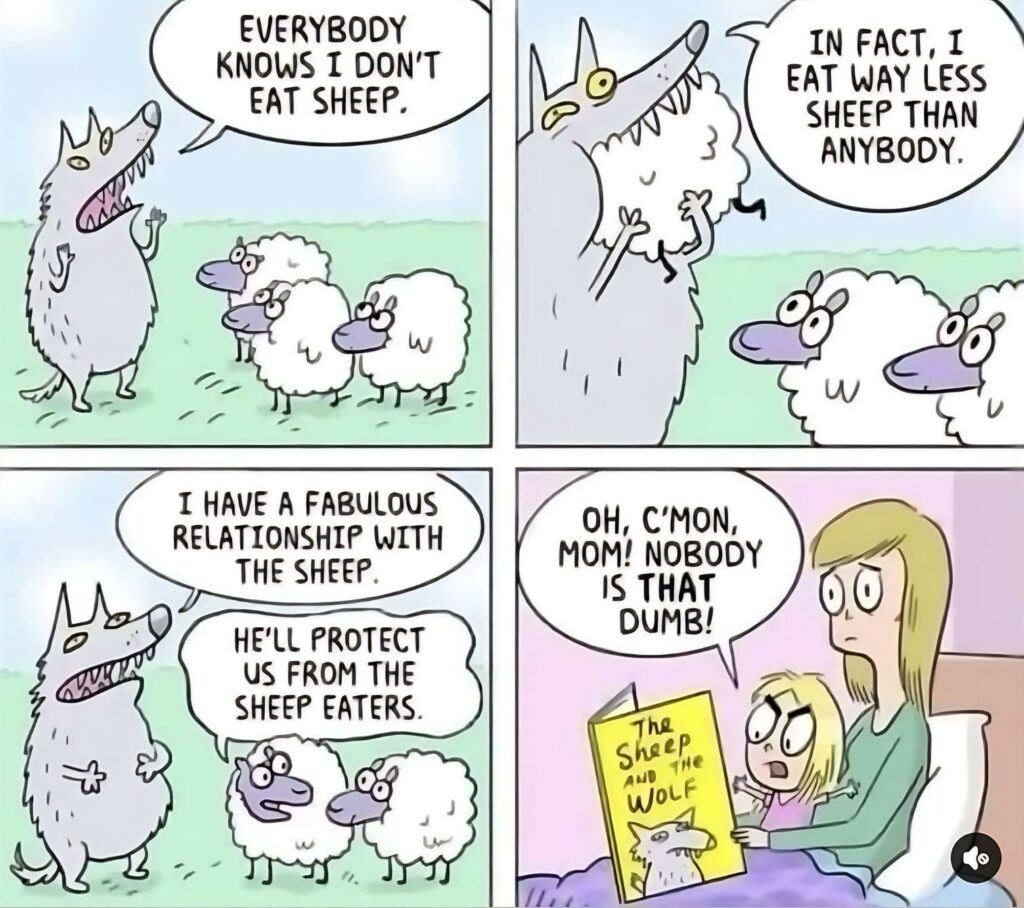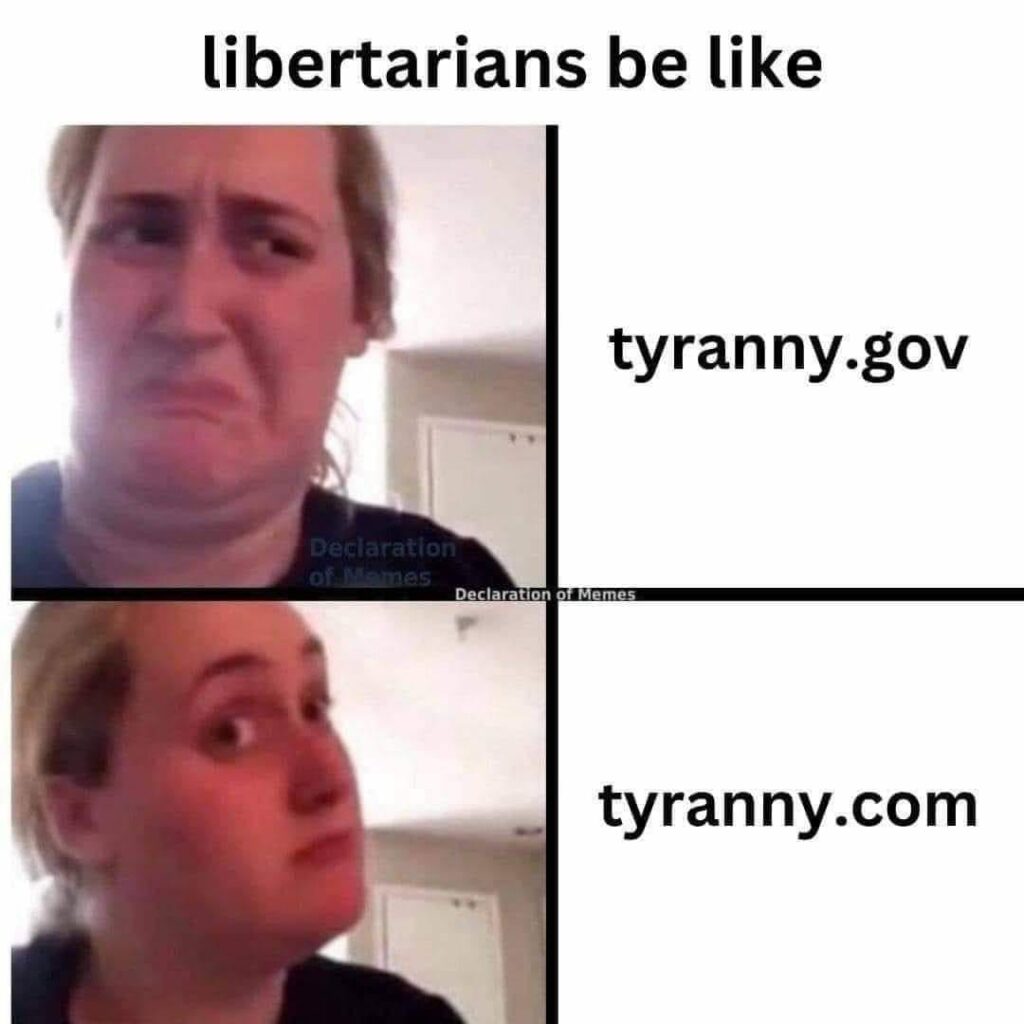We need to try and make the inrushing #mainstreaming agenda more functional in the #openweb reboot, how do we do this? One way is to strengthen community governance with native decentralized decision-making frameworks that involve more voices from the grassroots, like the #OGB project. This is self empowering, as tools based on federated models (like those used in the #Fediverse) empower people to participation in decision-making processes rather than normal top-down dictates.
But this is going to be very hard without developing a supportive ecosystem for builders with funding beyond the #fashernistas. To make this happen we need to shift funding mechanisms toward projects that align with the values of the #4opens (open data, open standards, open source, and open process). This means supporting those who build with the public good in mind, not pointless flashy, trendy ideas, and tech fashions. Empower developers with a community focus by highlighting projects that prioritize #UX and community needs rather than only tech novelty. Encourage #FOSS governance practices that are transparent and inclusive. Foster this inclusivity by bridging the current silos with cross-community dialogues, to facilitates discussions that bring together different paths in alt-tech, civic tech, and grassroots movements for cross-pollinate ideas and useful paths to take.
Ensure that platforms and networks being built do not simply cater to niche tech communities but are accessible and usable by the wider public, thus focus on practical relevance. This helps to empower people to understand the importance of decentralized tech and how it benefits them directly. We need to do this to break down the barriers posed by the #geekproblem and demystifies participation in the #openweb paths. A strong part of this is organizing hands-on workshops that engage people in contributing to shaping the projects.
We can’t do this without accept that failures are part of the process. Instead of discarding what doesn’t work, use these experiences as compost – breaking down what failed and learning from it to build stronger, more functional initiatives. This plays a role in shifting cultural narratives to challenge and change the storeys around the #openweb and wider #openculture to include cooperative problem-solving and mutual respect. Shifting the focus from tech utopianism to realistic, impactful change.
This process is about building tech paths that are adaptable and capable of evolving with peoples needs and global conditions, including #climatechaos and hard right socio-political shifts that are accelerating. A part of this is support for meany small tech paths that link and flow information and communities.
In this rebooting of the #openweb it becomes a part of a shifting #mainstreaming to better tolerate and promote messy participatory governance, redirect funding to genuine, community-oriented projects, and championing inclusive, sustainable paths. The composting analogy is usefull as it emphasizes learning from past mistakes and continuously building resilient, inclusive solutions #KISS
A test, that we need to actively push is to look at people and projects to see if they link, a basic part is the act of linking, which goes far beyond a simple convenience; it forms the backbone of an interconnected, accessible, and transparent internet. Yet, many people overlook its importance or misunderstand its role, especially when transitioning from #dotcons (corporate-controlled platforms) to #openweb environments. To sustain the promise of an open, people-driven internet, we need to recognize and actively engage with the practice of sharing non-mainstream links #KISS
But yes we do need to mediate the current mess, don’t feed the trolls, keeps coming to mind, when looking at the liberal #mainstreaming #X influx, this is like waves washing on the shore, be the shore not the wave.


